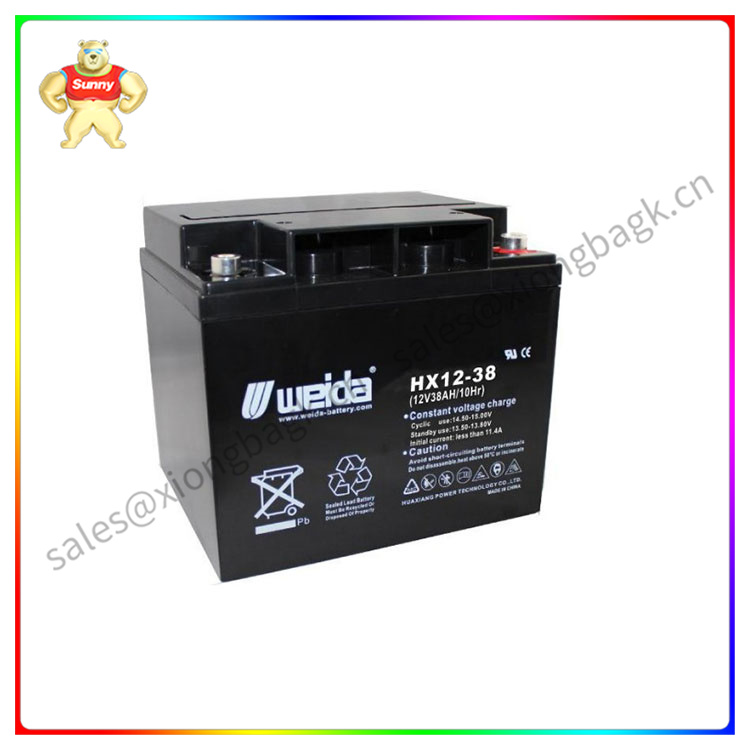How to prevent self-discharge
In the storage process, the battery will more or less produce self-discharge phenomenon. Normal battery, every 1 day storage, power capacity loss of about 1% to 2%, that is, a fully charged battery, stored for 1 month, power capacity loss of about half.
First, the cause of self-discharge
1, the battery outside the iron or short circuit. When the battery leading wire and the body of the iron, or the battery shell with a wrench, wire and other conductors will be connected to the positive and negative electrodes, will produce a violent self-discharge, quickly put the power. In addition, when there is a spilled electrolyte on the battery shell and top cover, the positive and negative terminals can also be connected and discharged.
2, the battery separator corrosion perforation, damage, or positive and negative plate under the sediment is too much, then the positive and negative plate is directly connected and short circuit, causing the battery internal self-discharge.
3, the electrolyte is not pure, contains impurities, or added is not pure water, then the impurities in the electrolyte with the flow of the electrolyte attached to the plate, the formation of a certain potential difference between the impurities, will form a lot of small batteries in the battery, so that the battery is often in a short circuit state. The test shows that if the electrolyte contains 1% iron, the battery will be fully charged within 24 hours.

weida
4, the battery plate itself is not pure, containing more impurities, will also form many small batteries and self-discharge.
5, the battery is stored for too long, the water and sulfuric acid in the electrolyte, because of the different specific gravity and stratification, so that the electrolyte density is small under the large, the formation of potential difference and self-discharge.
Ii. Preventive measures
1, strengthen maintenance, keep the battery cover clean.
2, to ensure that the electrolyte has a high purity, in the preparation of the electrolyte, adding distilled water, should strictly prevent impurities from entering.
3, the battery should be often charged in the storage process, so that the electrolyte density remains uniform, and the liquid level will not fall.
4. When washing the surface of the battery, the sewage should be prevented from entering the battery from the filling port cover or the vent hole.
5. When the partition and plate are damaged, they should be repaired or replaced in time.
6, when replacing the electrolyte, be sure to remove the residual liquid in the battery.
 中文版
中文版




